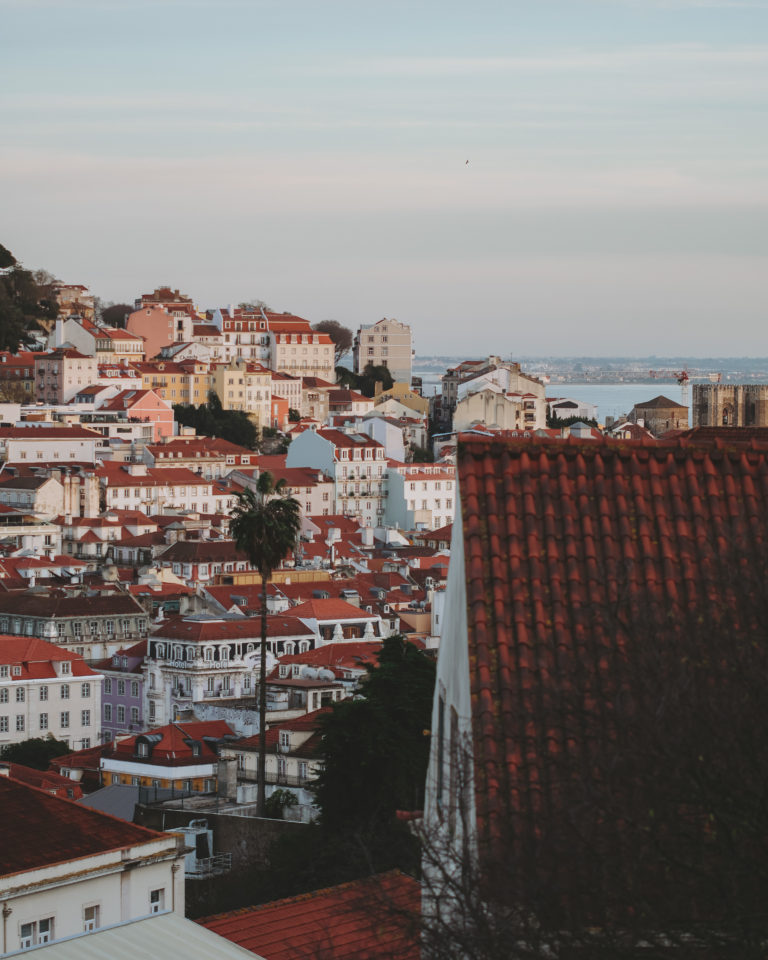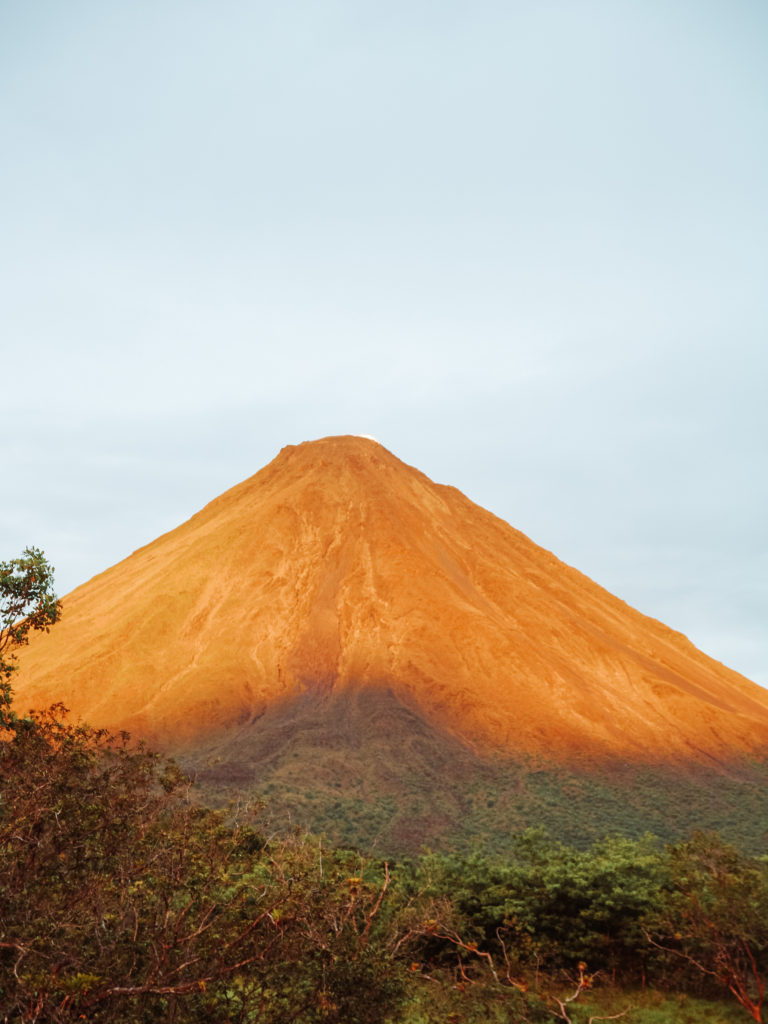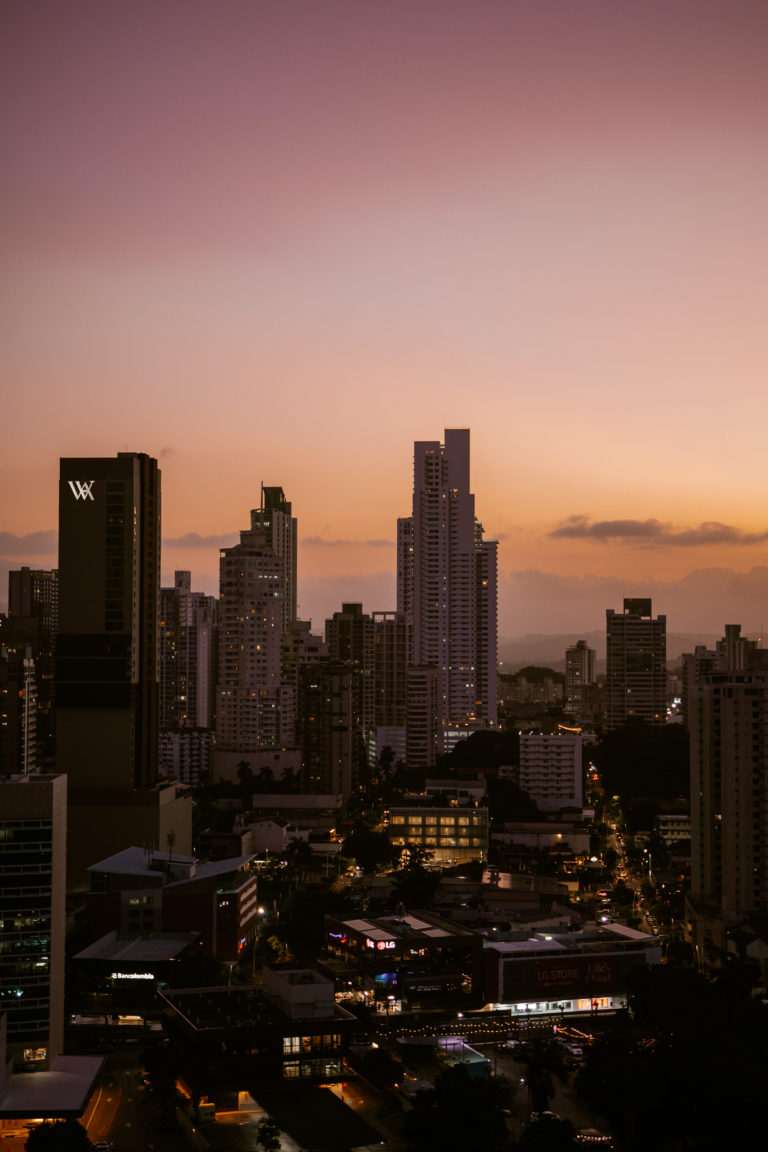
Dreaming of exotic wildlife, lazy beach towns, and lush rainforests? This Central American country is all about the laid-back pura vida lifestyle. In Costa Rica, you’ll find everything from volcanoes to sandy white beaches, and it will most definitely leave you dreaming of your next trip back to this amazing gem.
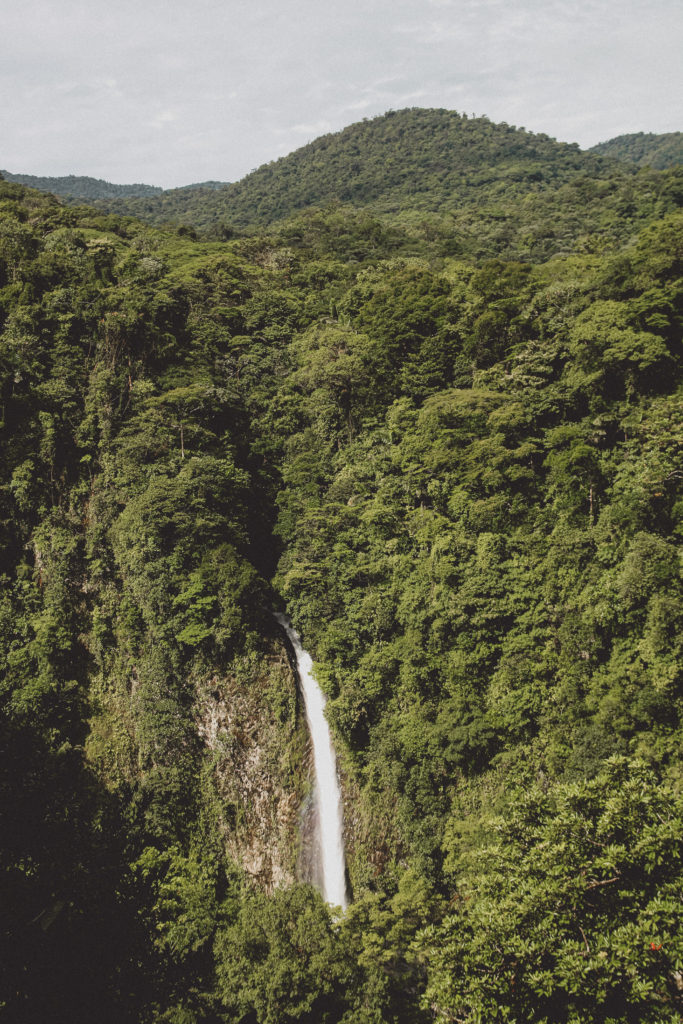
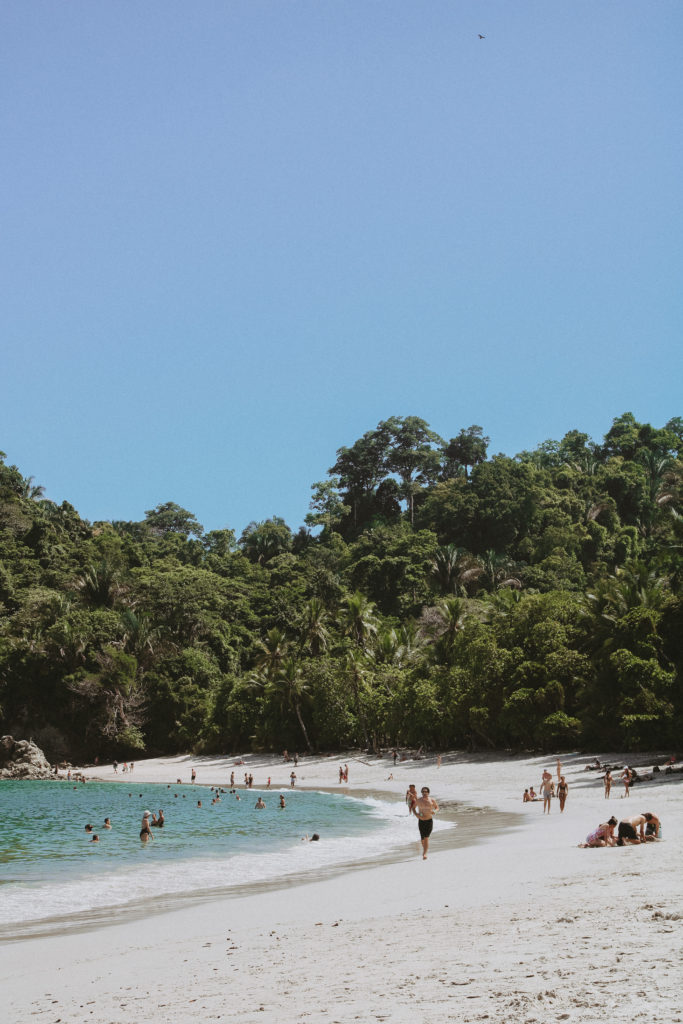
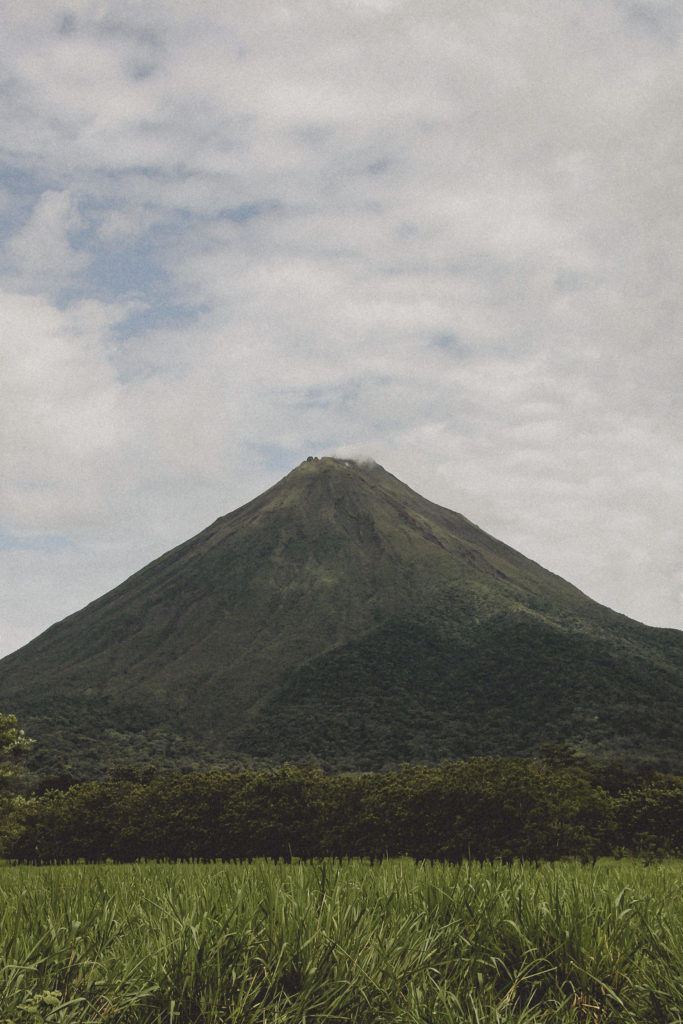
Visiting Costa Rica
Planning a trip to somewhere you have never been can be stressful. The good news is- Costa Rica is one of the most easygoing destinations in the world. It is the most westernized country in Central America, and very foreigner-friendly. It is also a great destination if it is your first time out of the country. Below we have written some essential tips + things you should know when planning out your Costa Rican vacation!
1) When is the best time of year to visit?
Costa Rica has two main seasons- the rainy season and the dry season. The rainy season starts in May and goes until November, with rainfall increasing by the month. October and November are the rainiest months of the year. The dry season starts in December and runs throughout April. Each season has its own pros and cons when it comes to tourism.
Visiting during the dry season
The obvious benefit of visiting in the dry season is that you will likely have very pleasant weather- no one likes to have their plans ruined by thunderstorms! One thing to note is that Costa Rica is a tropical country with tons of rainforests- even in the dry season, there is still a chance that you will experience occasional showers. The downside to visiting from December to April is that dry season = high season and you are way more likely to experience crowds, long lines for dining and activities, and way higher prices for hotels, flights, and even some entrance fees.
Visiting during the rainy season
Even though the later months of the rainy season are known for consistent rain showers and even thunderstorms, the first part of the season such as the months of May & June is still relatively dry. There are a lot of pros when traveling during the rainy season. Lower prices on flights + hotels & fewer crowds are the main ones to note. The country is also quite a bit greener and lush during these months & the waterfalls such as Nauyaca Falls are much more full and impressive. If you are on a budget, visiting in May or June is a great way to save money. We visited at the beginning of June for 1 week, and we only experienced short rain showers 2 to 3 times on our entire trip. The rain never got in the way of any of our activities.
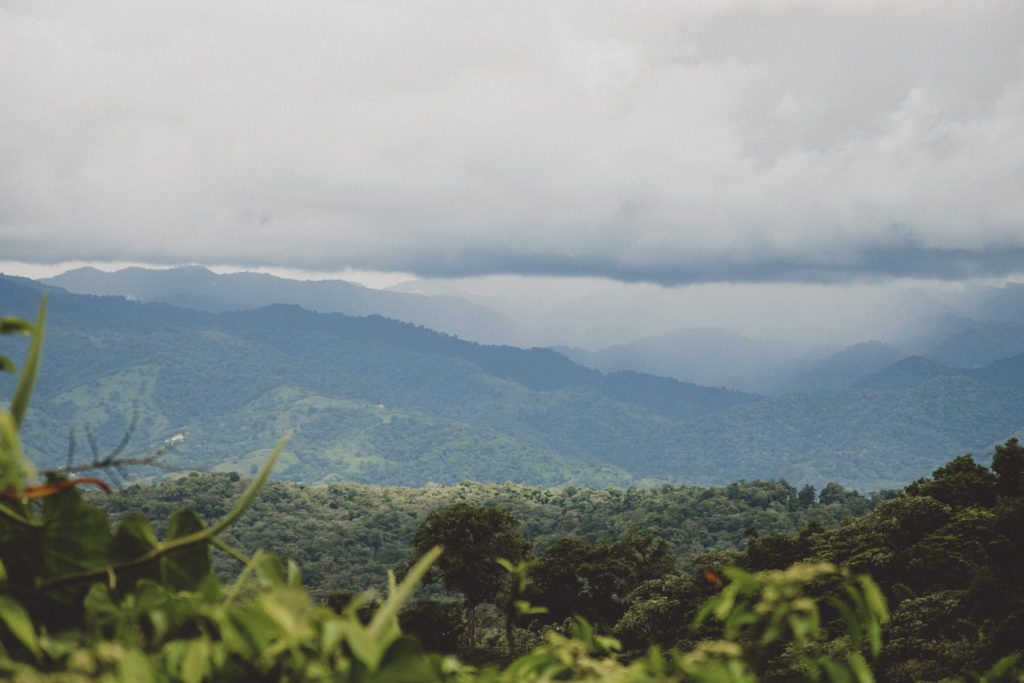
2) Arriving in Costa Rica
By Plane: There are two international airports in Costa Rica: One in San Jose (SJO) which is in a very central spot within the country, & one in Libera (LIB) which is located in the northwest. If you are planning on exploring the Guanacaste region solely or if you are beginning your trip here, flying into Liberia is a good option. Otherwise, San Jose is the way to go!
Note- Most passport holders will not need a visa to enter Costa Rica, but this does depend on your specific nationality. You can find out the specifics here.
Tip: Use Skyscanner to find affordable flights to Costa Rica
By Car: Driving to Costa Rica is a great option if you are already in Nicaragua or Panama!
3) Renting a car
If you have done any research at all on renting a car in Costa Rica, you are probably aware that this is a point where a lot of people get scammed. On most websites, when you search for “rental cars in San Jose”, a list with different incredible offers pops up. Advertised prices like $5/day seem like such a cheap deal. In reality, people will book these cars online, and when they arrive at the rental agency, they are shocked by all of the extra fees for insurance coverage. They will easily up the price by 5x the amount you thought you were going to pay.
Believe it or not, there are ways to actually have a pleasant & genuine experience while renting a car here. First, choose an agency that is transparent about the cost of the rental. It is not as cheap as most websites want you to believe, but knowing what you are going to pay before you arrive is ideal and makes the agency a lot more trustworthy. We personally rented with Sixt Rental Car and had a lovely experience.
In Costa Rica, there is a mandatory “third-party liability insurance” that you cannot avoid paying for. This means that you will pay for the daily rate + the TPL Insurance. Again, most companies only advertise the daily rate. There is also additional insurance that the agency may insist is mandatory, but if you have a credit card that has rental car insurance included, you may absolutely refuse additional insurance add-ons. Companies like Sixt are great because the rate that they show you already includes the mandatory insurance coverage.
Tip: Print out your credit card’s rental car insurance policy to show to the agent.
This YouTube video explains everything in great detail and is super helpful for being prepared and doing things correctly!
4) Will I need a four-wheel drive in Costa Rica?
Most roads in the main populated areas are paved. There were a few places where we ran into some nonpaved roads but most of them were still well-kept. We rented a car with four-wheel drive and we did not end up having to use that function. Of course, this is highly dependent on weather conditions as some roads may get extra muddy during the rainy season. Four-wheel drive, for most travelers, is not a necessity but depending on your personal preference, having the option is a good safety blanket!
This brings me to my next point…
5) Driving & making road trips in Costa Rica – what are the roads like?
When it comes to traveling within your trip, having a car is the best option because it allows you to have the maximum freedom and control over your itinerary. There are a few things about the road systems that may come as a surprise to you & are helpful to know.
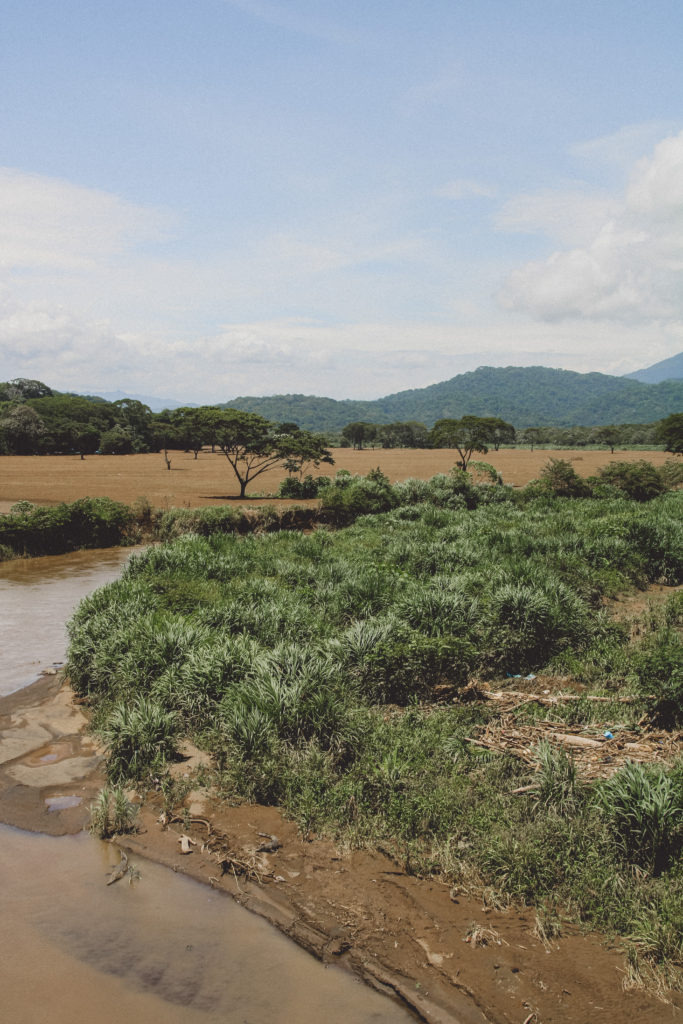
Speed limits
The speed limits are not as high as most are used to. Even on “highways” it is rare that people travel over 60 km/hr or 37 mph. Because of this, it will take you a long time to travel what seems like a short distance. Google Maps thankfully displays an accurate trip duration so you can rely on this to plan accordingly.
Exits and on-ramps
In some spots, there are not many places where you may turn around if you miss an exit. We ran into this issue driving from San Jose to La Fortuna. We pulled over to get gas and afterward were forced to enter back in on the other side of the highway. We spent probably 20 minutes driving in the wrong direction before we were able to make a dangerous and probably illegal U-turn.
Yielding on bridges
A lot of bridges are one way and you must yield if the sign is facing you. This may be confusing but basically, there are a lot of small bridges that pass over creeks and they are super narrow. So be sure that you check to see who is supposed to yield before proceeding.
Rough roads
In some more rural places, the roads can get very rough. We experienced a specific part as we were descending down to the coast from La Fortuna. Maps took us through a rural area and we came across a super steep hill that was not paved, covered in large pieces of loose gravel, and had intense potholes. We made the journey super slow and cautiously. Sometimes you just have to be patient and remember that you are in an underdeveloped country!
6) Costa Rican cuisine
There is a lot of good food in Costa Rica! Traditional Costa Rican restaurants are small, casual mom-and-pop places called “sodas”. Here you will find traditional dishes like meat with rice, plantains, veggies, etc. Eating at places like this is a great way to immerse yourself in the culture, as you will probably find a lot of locals at these spots. They are also great if you are on a budget because a typical meal at a soda is usually only 3-4 USD.
While the country may not be known for its traditional dishes as much as somewhere like Italy, you will find a wide variety of restaurants and can usually get anything you are looking for, especially in the tourist areas. While we were there we enjoyed fantastic Italian food, sushi, açaí bowls, and even mediterranean.
By the way- the tap water in Costa Rica is perfectly safe to drink! Not having to worry about water quality is super convenient and you can fill your bottle up straight from the sink.
Fun Fact: Costa Rica is known widely for growing amazing coffee! Trying it is a no-brainer, but an even more immersive experience is to take a tour of a coffee plantation and learn about the local farms + production process.

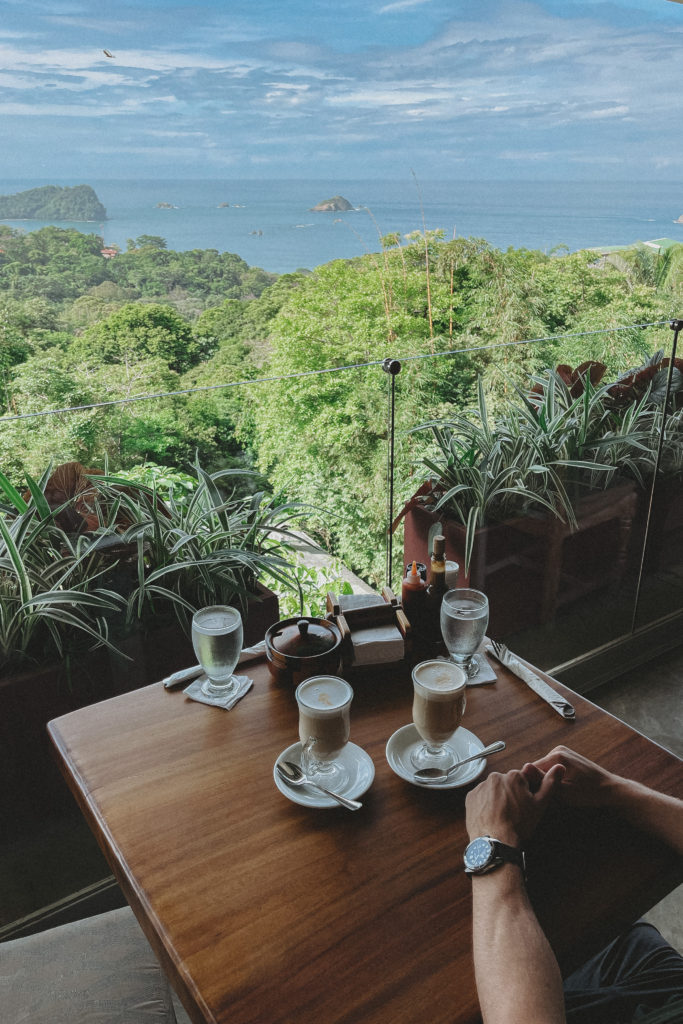

7) Currency
The official currency in Costa Rica is Colones. At the time of writing this post, 1 USD = 561.86 Colones. Check the conversion rate for your currency here. USD is accepted as a form of currency in Costa Rica and is sometimes even preferred over the Colon. It is likely that you will receive your change as colones after paying in cash (even when paying in USD). It is also okay to pay in a combination of the two. Some restaurants/shops have their prices listed in USD, and some have them in Colones. When paying by card, you will most likely have the choice to decide which currency you want to pay with!
8) Costa Rica is not as cheap as people think it is
While affordability is a relative term- it is true that a trip to Costa Rica is most likely cheaper than a trip to Greece. But compared to its neighbors and its region, Costa Rica is probably the most expensive country in Latin America. The cost of your trip is heavily dependent on your personal preferences when traveling. It is still a great country for people on a budget- you can find gorgeous Airbnbs for $70-$200 per night. The hostel community is also very prominent and is a great way to save money + meet like-minded travelers.
One thing that you may notice here is that the cost of visiting nature parks, trails, and wildlife reserves is a lot more than in the surrounding countries. On average we paid around 20-30 USD per nature activity. The reason why it costs more is that Costa Rica puts a ton of thought and intention into caring for their natural wildlife, beaches, and beautiful rainforests. It’s why you are able to see so much biodiversity and impressive flora & fauna. Your dollars go towards preserving the natural state of the land and making sure that the country stays this beautiful even with so much tourism.
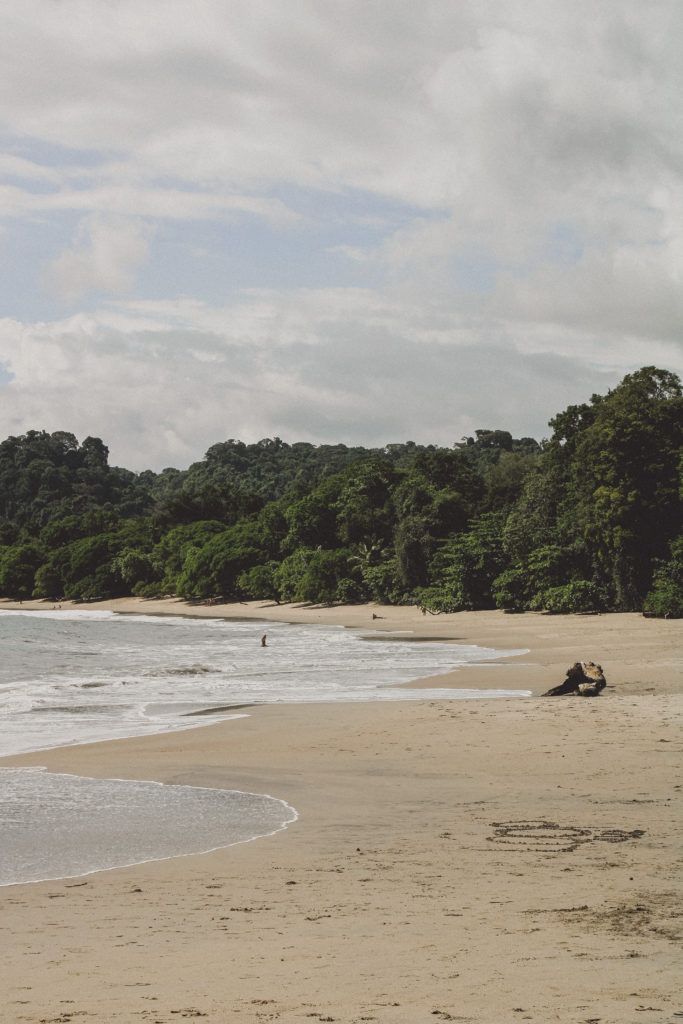

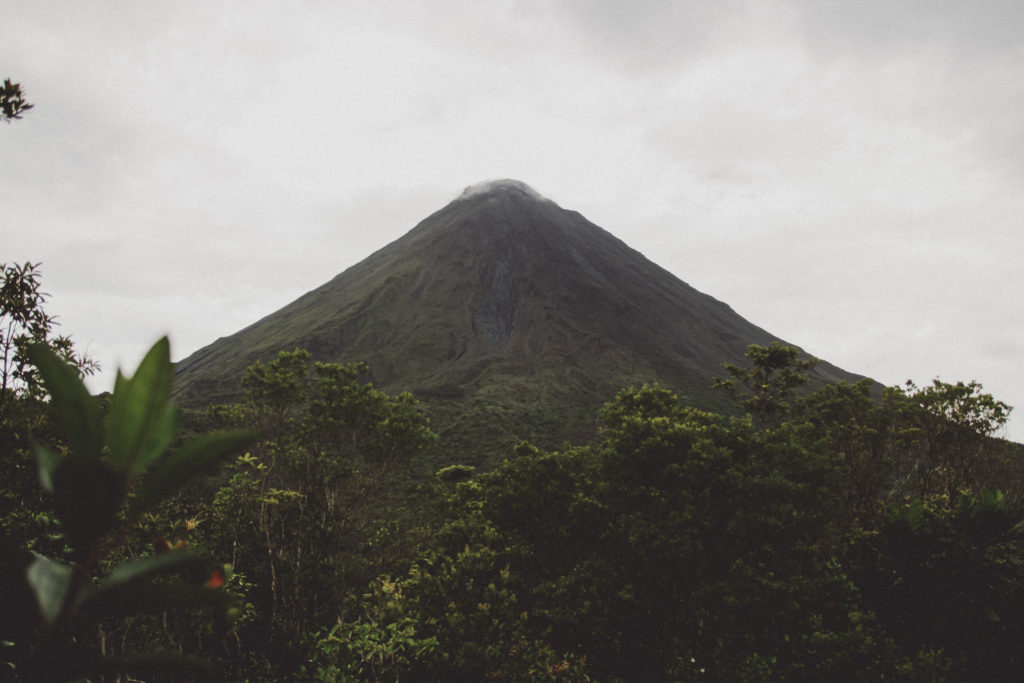
9) Biodiversity & Wildlife
Costa Rica is home to an abundance of different plant and animal species. I was so impressed by the greenery here- even in our backyard it felt like we were in a remote jungle. Something else that was really neat was being able to see wild monkeys appear out of nowhere. Coming from Texas where I had only seen monkeys in zoos before, this experience was unforgettable. Some of the wildlife that you may see in Costa Rica include toucans, hummingbirds, scarlet macaws, sloths, red-eyed tree frogs, poison dart frogs, coatimundis, anteaters, bats, howler monkeys, jaguars, squirrel monkeys, whales, manatees, vipers, blue morpho butterflies, and more!
Although you may find creatures in all parts of the country, a great place to see the majority of wildlife in Costa Rica is Manuel Antonio National Park.

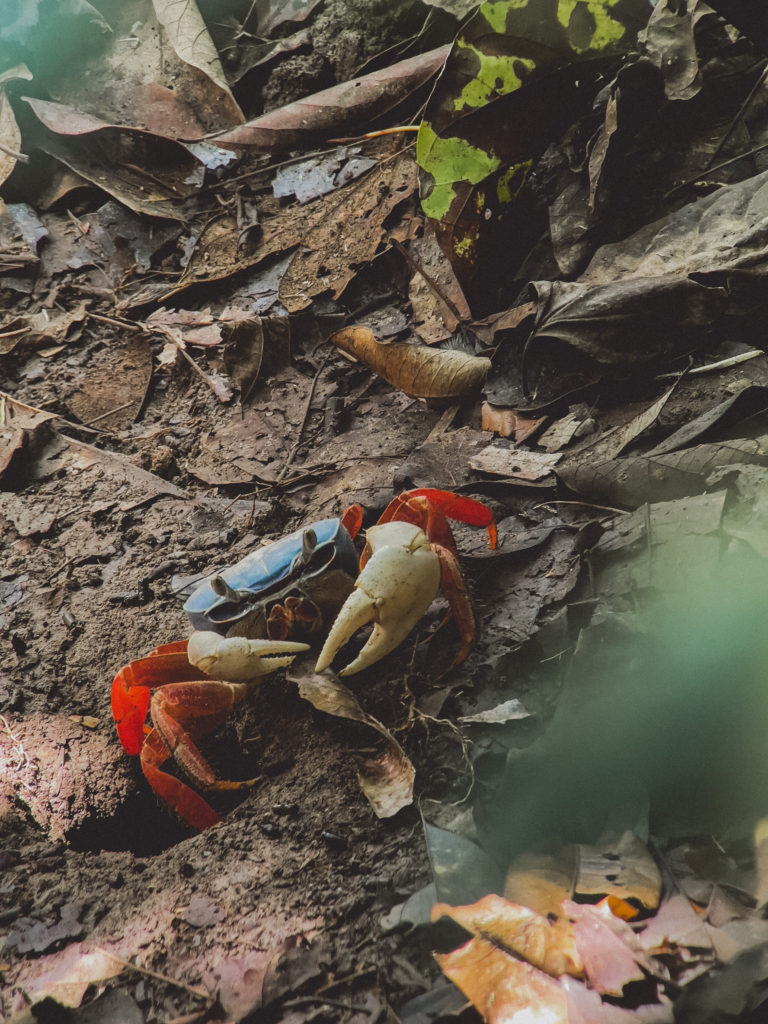

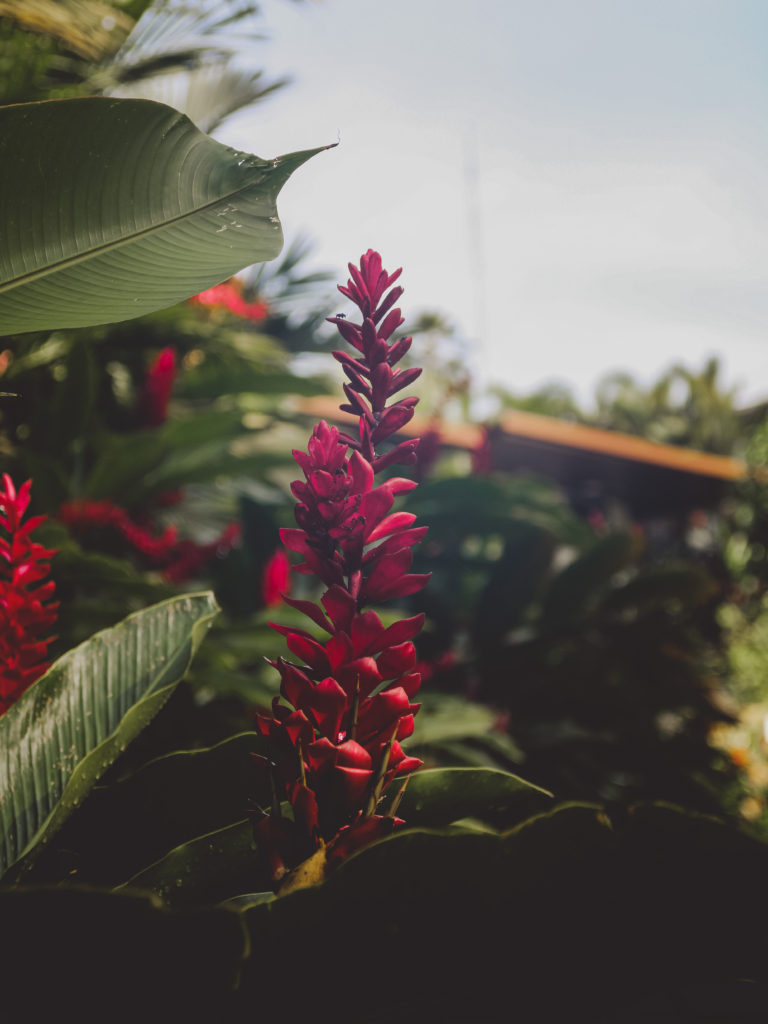

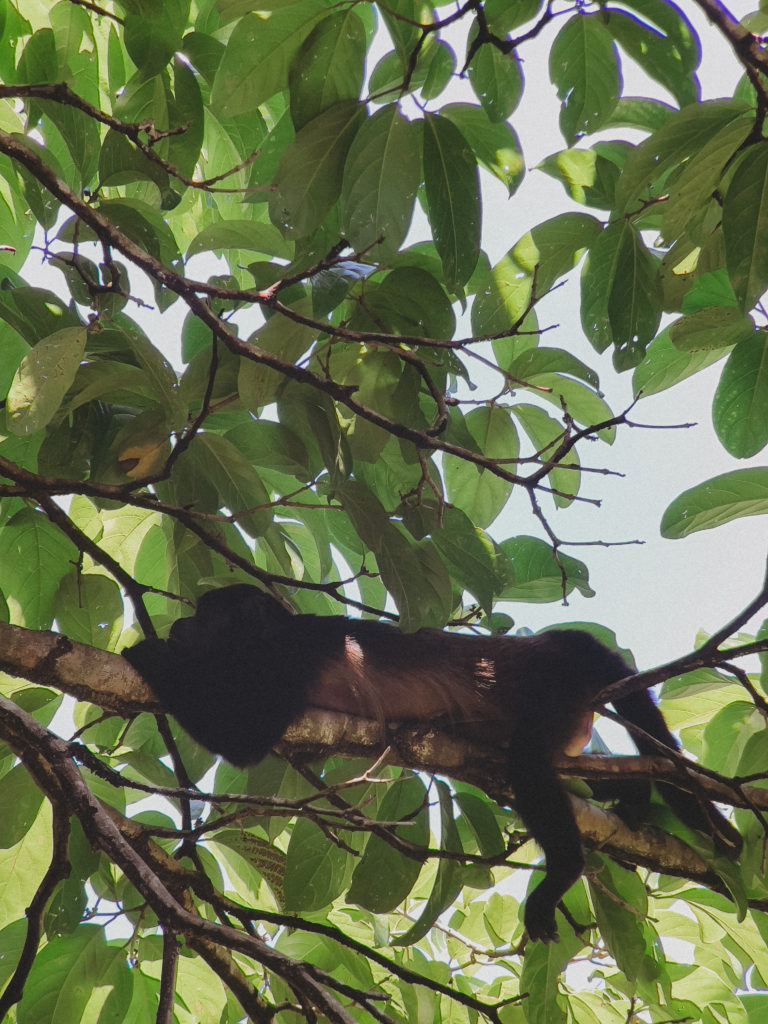
10) Cultural Expectations
Pura Vida is the phrase that Costa Ricans live by. You may even hear it as a response to “thank you” or “goodbye”. The local people here are extremely welcoming to tourists. They appreciate the economic benefits of tourism in their country and are always willing to go out of their way to help you and give you tips. They offer exceptional hospitality and are truly so kind. While you are here, try to embrace the Pura Vida lifestyle and connect with the locals by starting conversations!
- Dress Code: Costa Ricans usually dress very casually. Bring whatever you would normally wear on a hot + humid day and you will be fine!
- Tipping: Leaving a gratuity is completely optional. It is never expected but is always appreciated. 10% is a standard amount to tip if you feel like doing so. You are also not expected to tip on tours, but leaving 5-15 USD is a great way to show appreciation to your guide.
- Etiquette: The local people here are very polite and respectful. When you visit their country, it is expected that you act the same. The state of the land is very important to them so be sure to always clean up after yourself in park areas & never disturb the natural wildlife.
- Language: Spanish is the official language of Costa Rica. You will find English speakers frequently.. especially in the tourist towns! It is good practice to learn a few common phrases in Spanish. Even though most workers can automatically tell if you speak English, it is considered very polite to open the conversation in their native language before proceeding in English. A simple “Hola, buenos dias” will go a long way!
Comment your Costa Rica Tips & experiences below!


